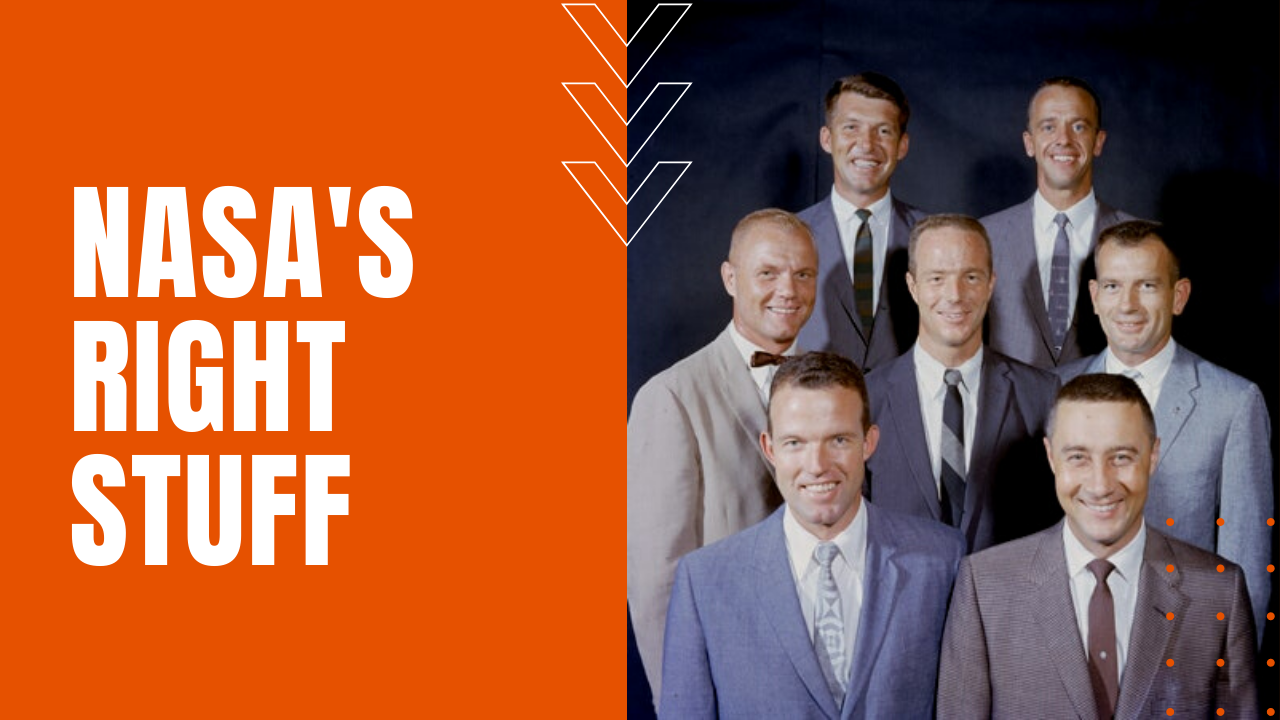NASA Picks The Right Stuff

On October 4th, 1957, the USSR scored the first victory of the space race when they successfully launched the world’s first artificial satellite into low earth orbit. In response to Russia’s Sputnik launch, the United States formed NASA, which dedicated itself to beating the Soviets in the pursuit of manned space flight.
In January 1959, NASA began screening the records of 508 military test pilots before choosing 110 candidates. The candidates were arbitrarily split into three groups, but due to an overwhelming volunteer rate, one of the groups was randomly eliminated.
After a battery of written tests, interviews and medical history reviews, 32 candidates traveled to Lovelace Clinic in Albuquerque, New Mexico, where they underwent exhaustive medical and psychological testing, but the group proved to be so fit that only one man was eliminated.
The remaining 31 candidates then traveled to Wright Aeromedical Laboratory in Dayton, Ohio, where they underwent the most grueling part of the selection process. For six days and three nights, the men were subjected to various tortures that tested their tolerance to physical and psychological stress, spending hours in freezing pressure chambers that simulated 65,000 feet of altitude, followed by heat chambers that reached a temperature of 130 degrees Fahrenheit.
From these 31 candidates, NASA selected seven men who would become known as the Mercury Seven. On April 9th, 1959, NASA introduced America’s first astronauts to the world, consisting of Scott Carpenter, Gordo Cooper, John Glenn, Gus Grissom, Wally Schirra, Alan Shepard and Deek Slayton.
